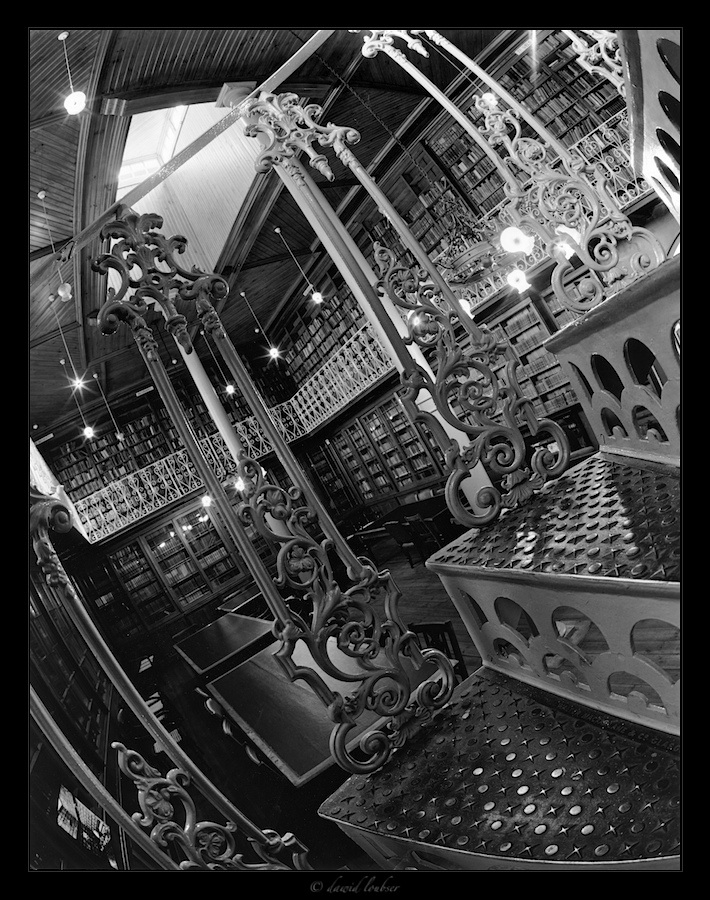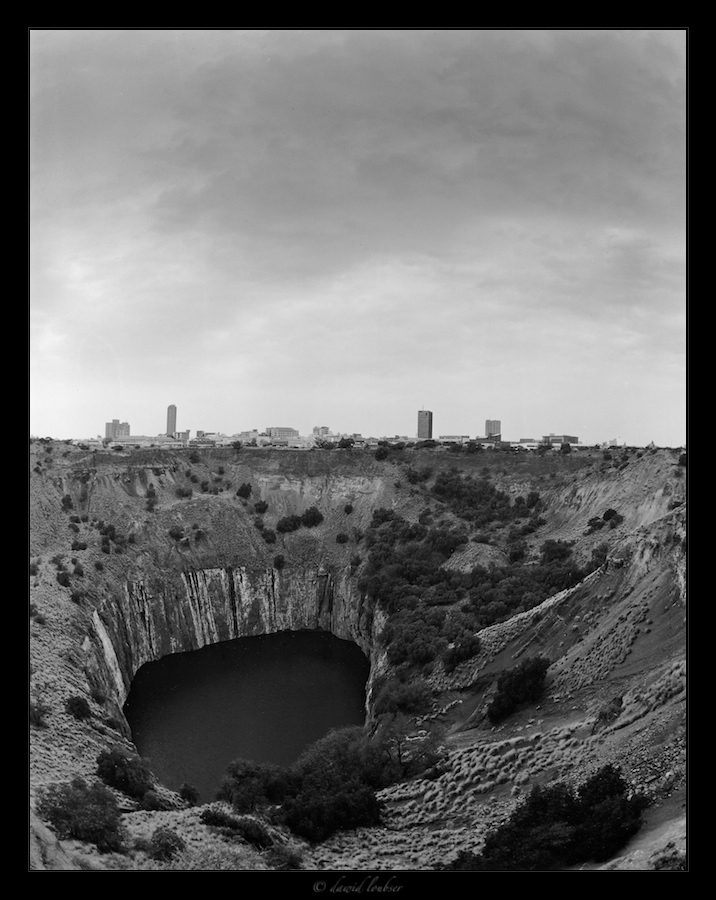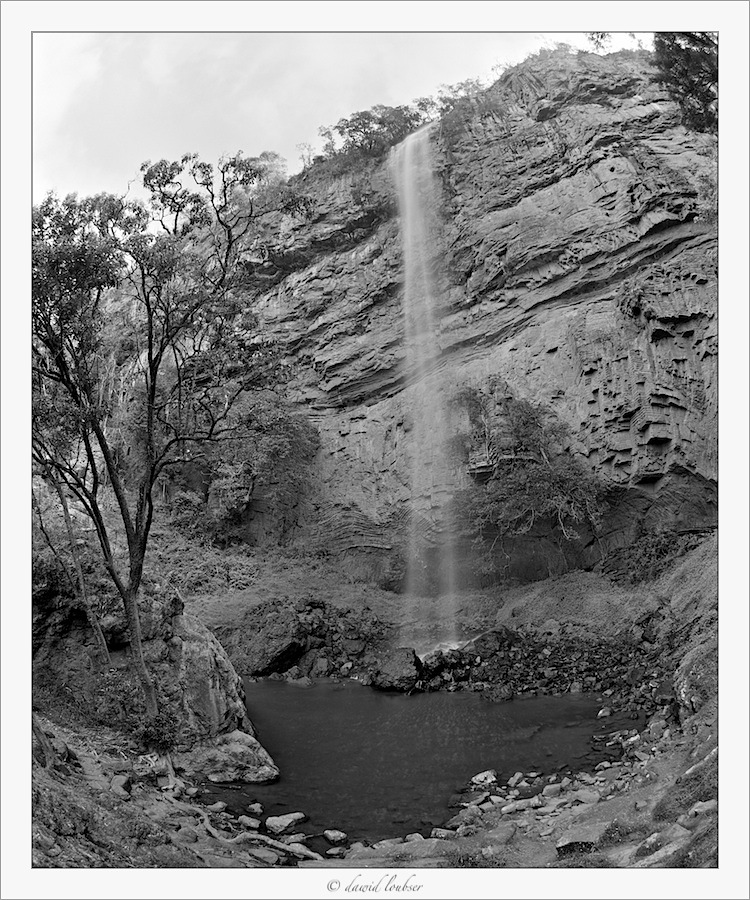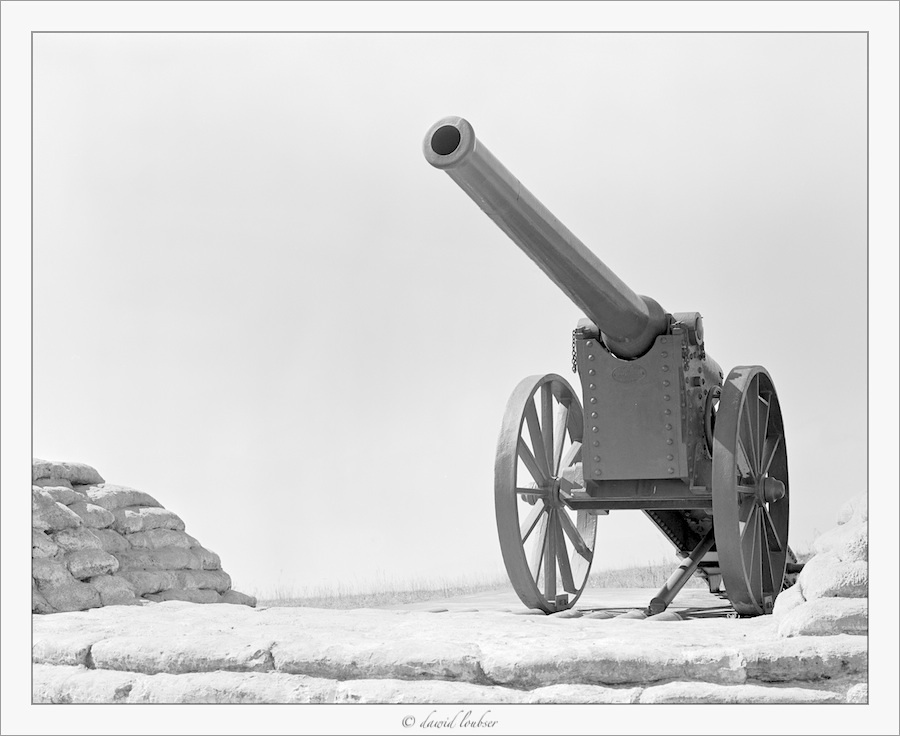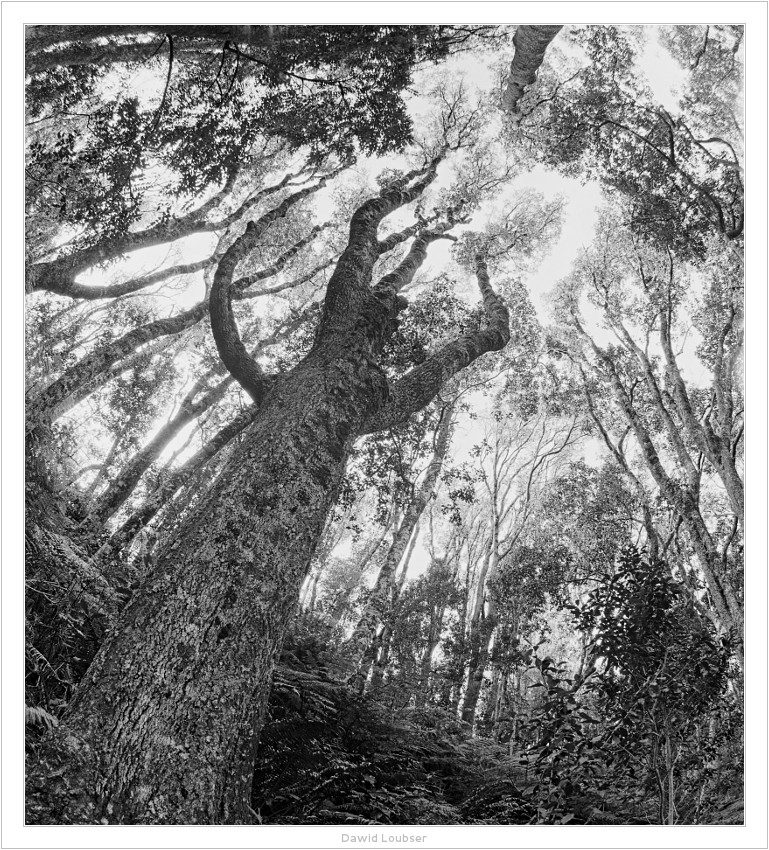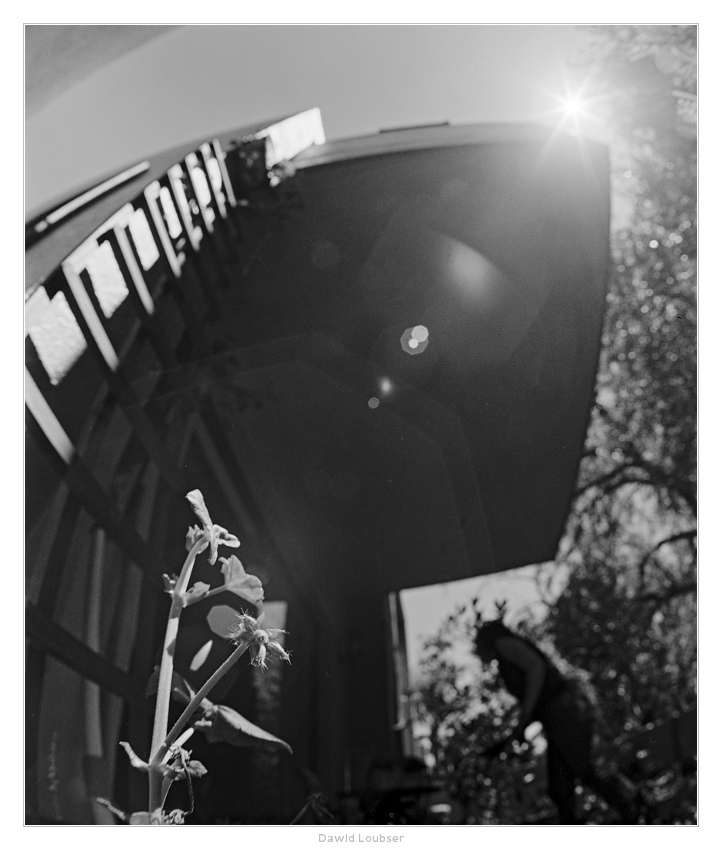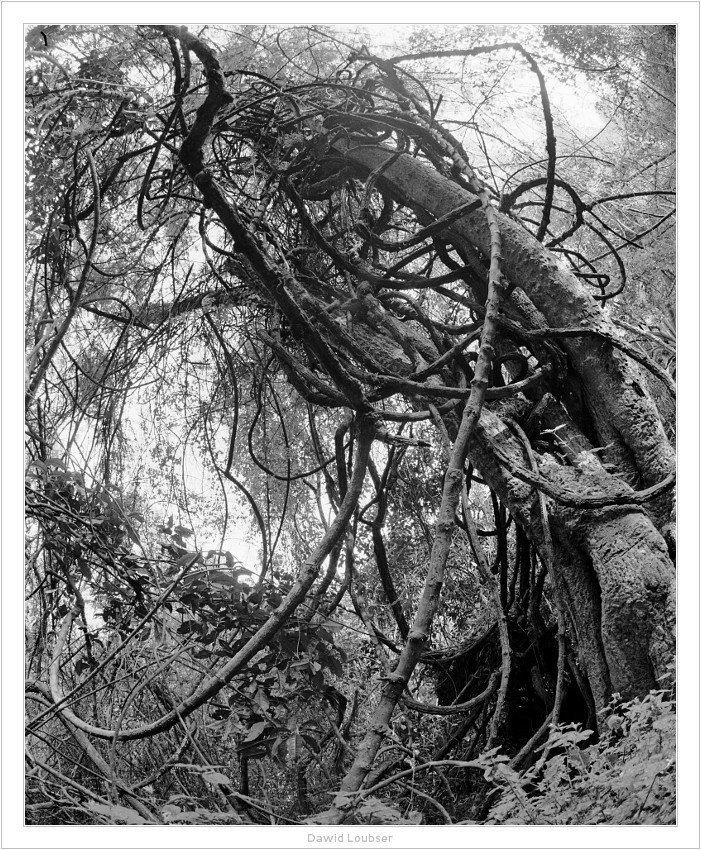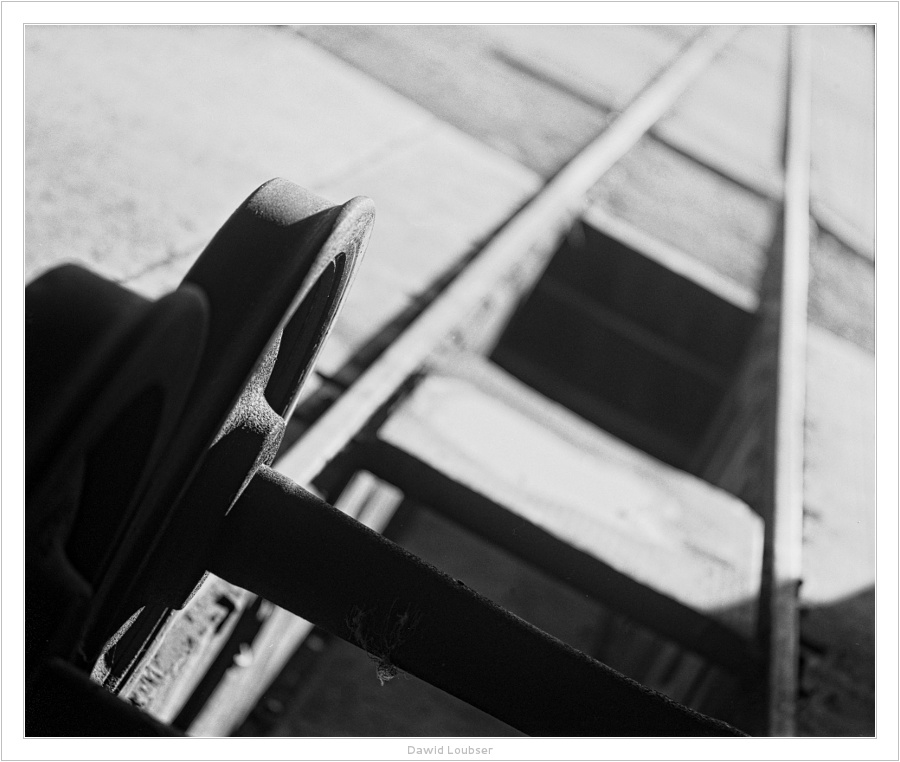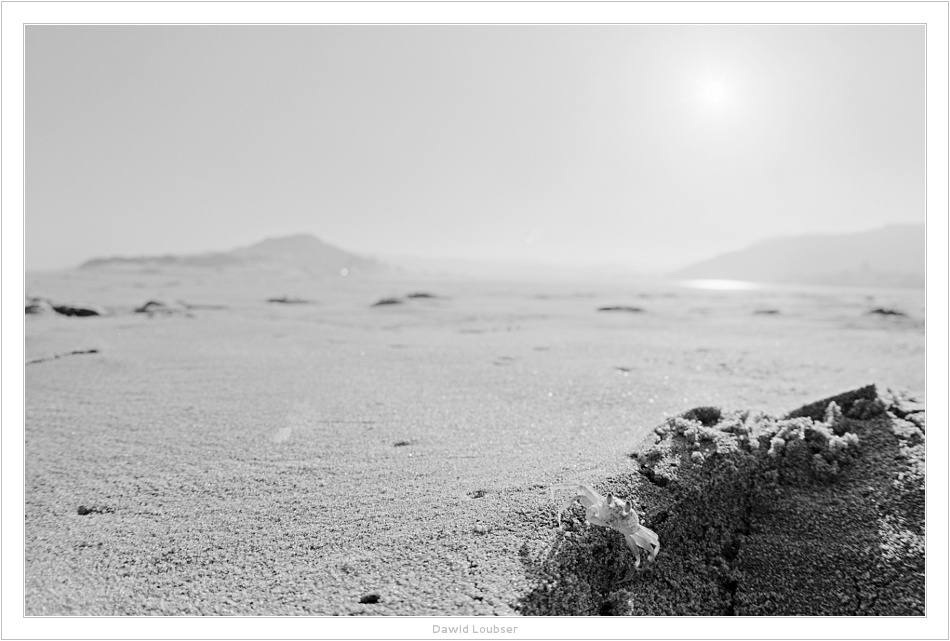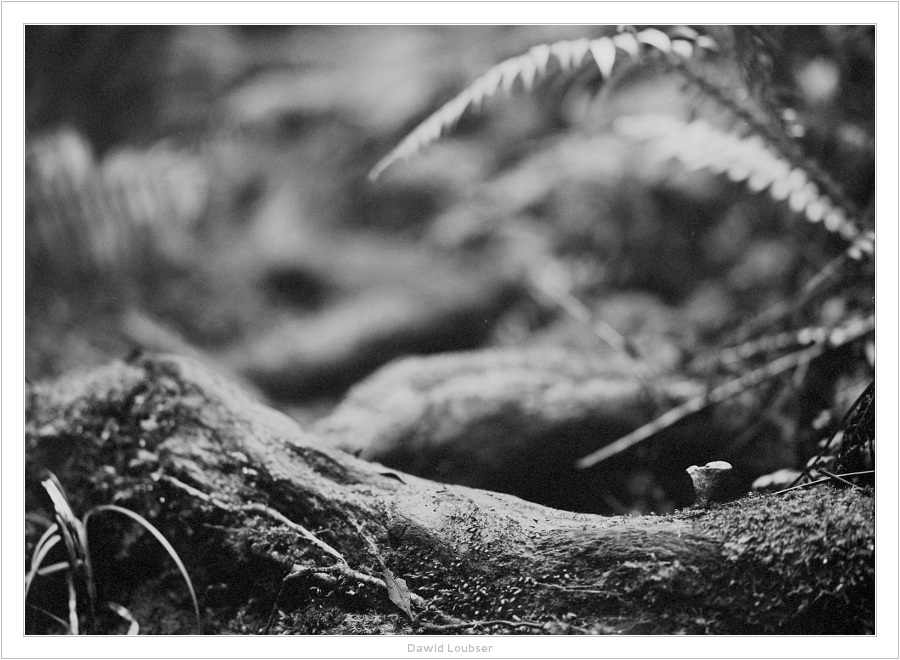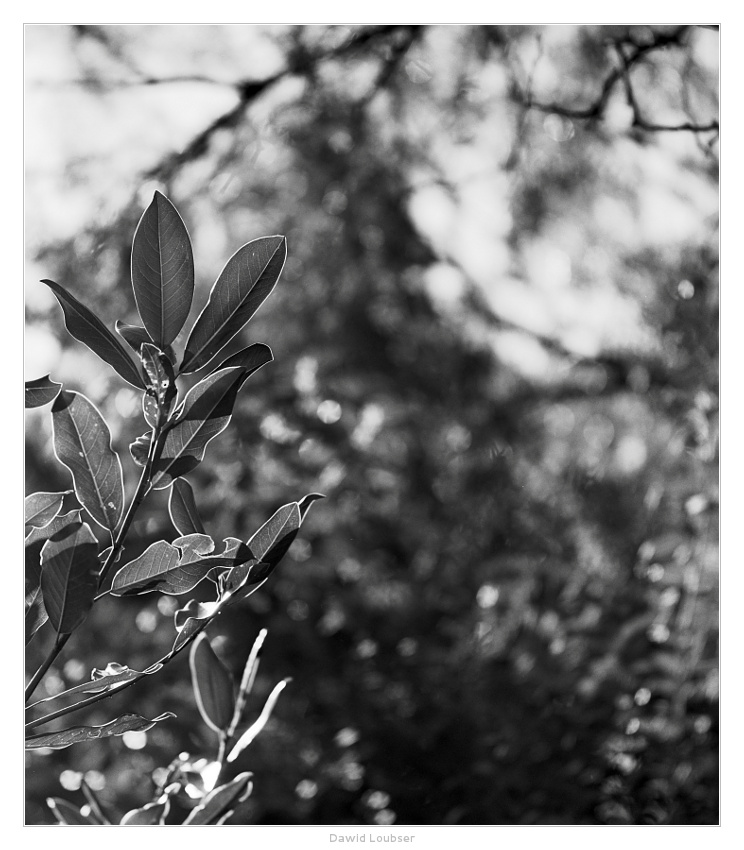Maris Rusis
Member
I thought I was the only one using a Mamiya RB 67 camera with a 37mm f4.5 fisheye lens. Now Dawid Loubser has dazzled me with his picture of the spiral staircase in the library and I thought I'd put up one of my own by way of "fisheye solidarity".
Geoff Goldberg's suspicion of fisheye picture is well justified. The results often ride on the novelty of distortion which becomes ad nauseum about 6 frames into the viewing. Dawid Loubser shows it is possible to nice work and I'm inspired.
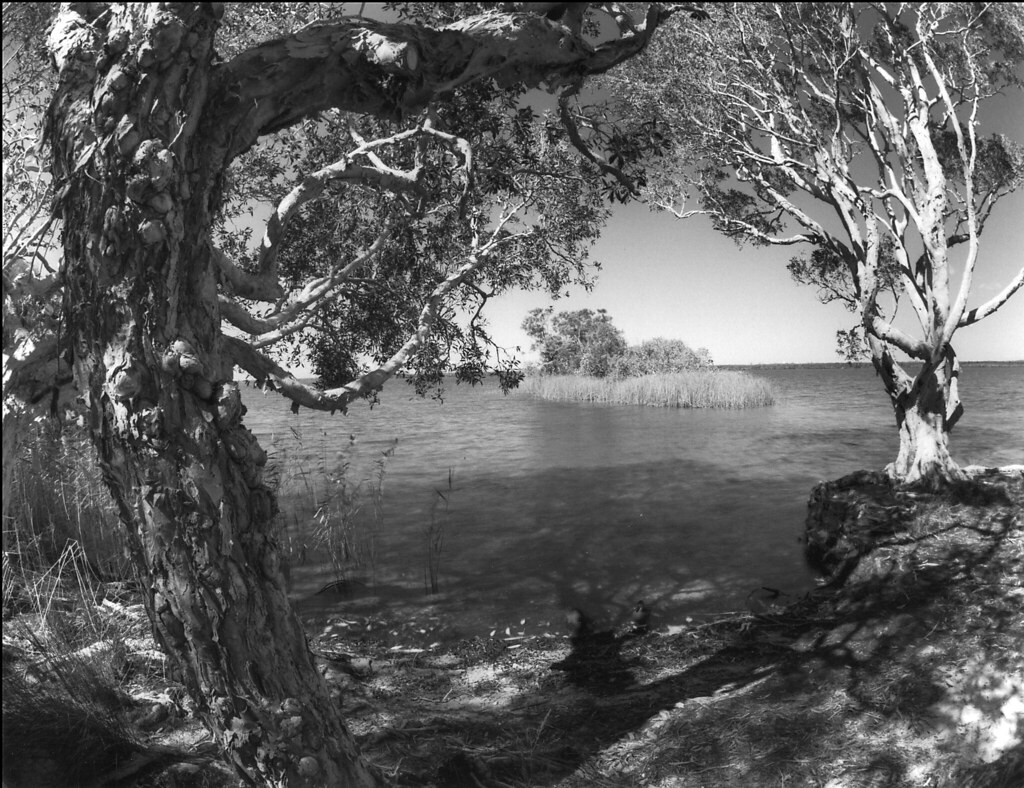
Island, Lake Cootharaba
Gelatin-silver photograph on Freestyle Premium Reserve VC FB, image area 16.4cm X 21.2cm, from an Ilford 120 format SFX 200 negative exposed in a Mamiya RB 67 camera fitted with a 37mm f4.5 fisheye lens and #25 red filter.
Geoff Goldberg's suspicion of fisheye picture is well justified. The results often ride on the novelty of distortion which becomes ad nauseum about 6 frames into the viewing. Dawid Loubser shows it is possible to nice work and I'm inspired.

Island, Lake Cootharaba
Gelatin-silver photograph on Freestyle Premium Reserve VC FB, image area 16.4cm X 21.2cm, from an Ilford 120 format SFX 200 negative exposed in a Mamiya RB 67 camera fitted with a 37mm f4.5 fisheye lens and #25 red filter.

